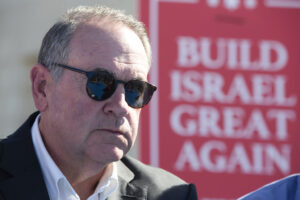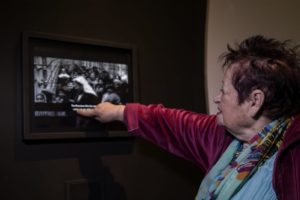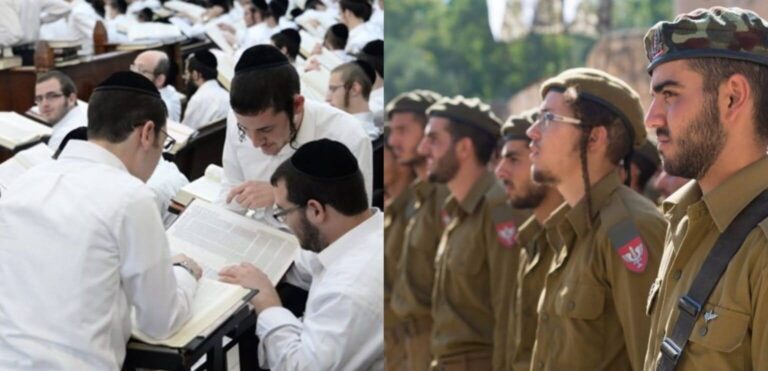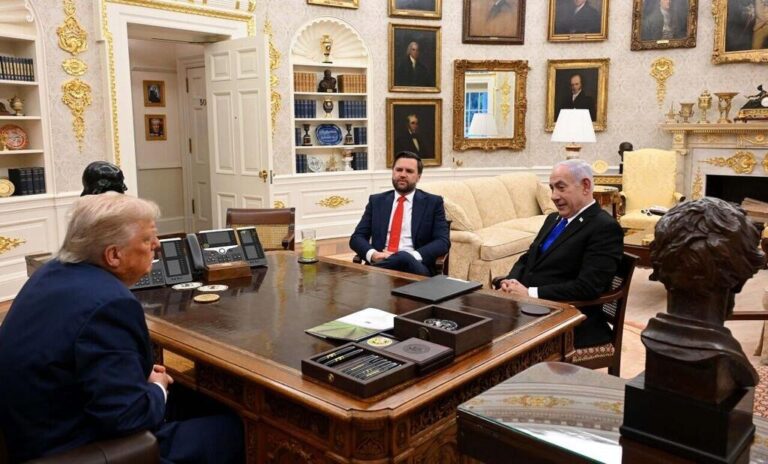Following is a translation of the address delivered before the German Bundestag by President Shimon Peres on International Holocaust Remembrance Day, January 27, 2010. The address was delivered in Hebrew. I stand here before you, as the President of the State of Israel, the home of the Jewish people. While my heart is breaking at the memory of the atrocious past – my eyes envision a common future for a world that is young, a world free of all hatred. A world in which the words “war” and “anti-Semitism” will be dead words. Distinguished gathering, In the Jewish tradition that accompanies us for thousands of years, there exists a prayer in Aramaic recited when mourning the dead, in memory of fathers and mothers, brothers and sisters. The mothers, whose infants were torn from their arms, and the fathers, who watched in horror as their children were pushed into the gas chambers and their children go up in the smoke of the crematoriums, did not have the time to recite nor to listen to this ancient prayer. On this occasion, ladies and gentlemen, I wish to recite this prayer, here and now, in the name of the Jewish people, in memory of, and in honor of, the six million Jews who turned to ashes: (Recites Kaddish) And the prayer ends with the words which became a symbol in the State of Israel, a dream in the Jewish world: “He, who makes peace in His Heights, may He, in his compassion, make peace upon us, and upon all Israel. And they responded: Amen.” My friends, the leaders of the German people and its representatives, In the State of Israel, and across the world, survivors of the Holocaust are gradually departing from the world of the living. Their numbers are daily diminishing. And at the same time, men and women, who took part in the most odious activity on earth – that of genocide – still live on German and European soil, and in other parts of the world. My request of you is: Please do everything to bring them to justice. This is not revenge in our eyes. This is an educational lesson. This is an hour of grace for the young generation, wherever they may be. That they may remember, and never forget, that they should know what took place, and that they never, absolutely never, have the slightest doubt in their minds that there is another option, other than peace, reconciliation and love. Today, the International Remembrance Day for the victims of the Holocaust is the day on which the sun shone for the first time 65 years ago, after six evil years, its rays revealing the full extent of the destruction of my people. On that same day, the smoke still rose above the bombed incinerators, and the blood-stains and ashes still heavily lay on the soil of the extermination camp Auschwitz-Birkenau. The train-station platform was silent. And the “selection ramp” was empty of people. On the monstrous field of slaughter settled a deceptive atmosphere of tranquility. The ear caught only the quiet, yet from the depth of the frozen ground emanated a scream that broke human hearts, and ascended to the passive and silent heavens. On January 27th, 1945, the world awoke to the fact, somewhat too late,








